Your potential customer has never been this close! Thanks to the advancing technology that constantly changes the digital world. Every other day, you can see & hear innovations through AI, smartphones, and Google’s ongoing updates. This brings digital marketing trends that business owners and marketers should use to attract potential customers.
Businesses of all sizes, including solopreneurs, can promote their products and services globally to attract customers. However, one must know the ongoing trends and digital marketing strategies to stay relevant, attract customers, and increase sales. This blog will discuss the newest digital trends and techniques to help your business grow online.
What are digital marketing trends?
It refers to the change in the way businesses promote their products & services to a broader audience for brand visibility. Companies can leverage various online channels by sharing content to increase the audience’s interest in buying their products or services. It acknowledges the importance of diversity and inclusivity in marketing efforts and discusses how embracing diversity in content and campaigns can resonate with a broader audience. Digital trends constantly evolve; however, we can still keep a tab on them!
To understand digital marketing trends, we first need to understand the different types of digital marketing.
What are the types of digital marketing?
There are many different types of marketing, and some new varieties have also emerged. Let’s quickly dive in.
- Search Engine Optimization (SEO) – You can optimize your business website to rank higher in SERP to increase organic traffic.
- Search Engine Marketing (SEM) – SEM is paid advertising on search engines to increase visibility through techniques like Pay-Per-Click (PPC) advertising.
- Social Media Marketing – Promote products & services on social media platforms such as LinkedIn, X, Facebook, Instagram, Pinterest, etc., to increase brand awareness, engagement and drive traffic.
- Email Marketing – To send targeted messages and promotional content to your target audience via email to nurture leads and maintain customer relationships.
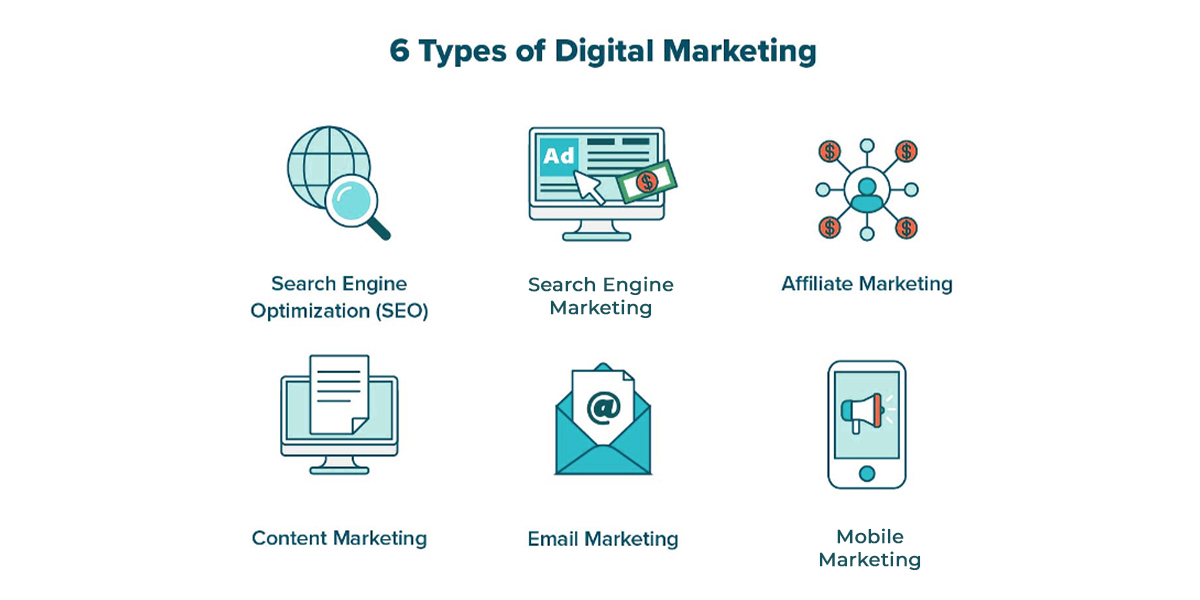
- Content Marketing – To create and distribute valuable & relevant content to attract & engage a target audience. This can include blog posts, articles, videos, infographics, and more.
- Affiliate Marketing – To partner with businesses or individuals to promote products or services & earn commissions on each sale or lead generated through the affiliate’s efforts.
- Mobile Marketing – To target audiences on mobile devices through strategies like mobile apps, SMS marketing, and responsive website design.
- Video Marketing – To create and share videos to convey messages, demonstrate products, or engage with audiences on platforms like YouTube or social media.
- Display Advertising – To place visual ads, such as banners or interactive media, on websites, apps, or social media platforms to reach a broader targeted audience.
The digital marketing trends, more or less, exist within the above-mentioned marketing types. We will discuss new trends in different marketing types further in the blog.
Also, a few more types of marketing have occurred, i.e., Influencer Marketing, Conversational Marketing, and AI-powered Marketing. We will also discuss these new types of marketing further in the blog.
What are the top digital marketing trends and strategies?
Here are some of the market trends to watch and follow!
Trend #1: Quality Content and Search Intent
Thousands of articles and blogs are posted on search engines every day for the sake of ranking. Spammers continue to post low-quality content that adds no value to the searchers’ queries. In fact, it hinders them from getting useful content in fewer searches. They might have to dig deeper into the results to get useful content.
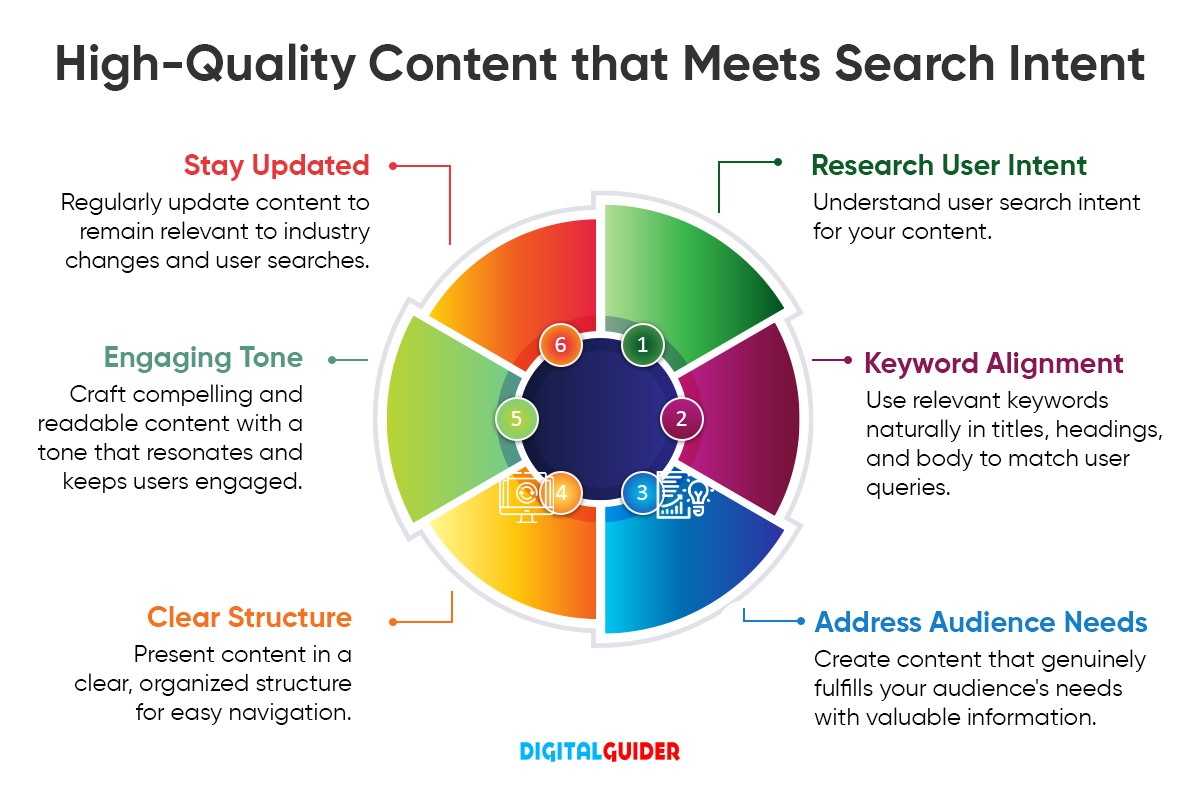 search engines to give direct answers.
search engines to give direct answers.
As per Google’s core March update 2024, low-quality and spammy content will not be entertained and will be thoroughly tackled by Google. The update involves filtering and refining some core ranking systems that help them understand if the content is made only for search engines and is unhelpful for the online audience. This will ensure that spammy content is out of the search results and offer the online searchers relevant, genuine, helpful, and scannable content.
Therefore, marketers like you need to create informational content that fits the search intent, making the user experience smooth. Google’s EEAT (Experience, Expertise, Authoritativeness, and Trustworthiness) framework is a part of their guidelines for evaluating search quality. Following the same will help marketers create genuine and natural content.
Trend #2: Zero-Click Searches
The spread of zero-click searches has significantly impacted marketers. There is a changing behavior of users who want to get the information they need without clicking on any links. The challenge here is to make your content stand out, adapting to this evolving search behavior. For example, direct and instant answers regarding locations, weather, facts, etc. This trend is only growing with the advent of Search Generative Experience, SGE and machine learning and enhances the capabilities of search engines to give direct answers.
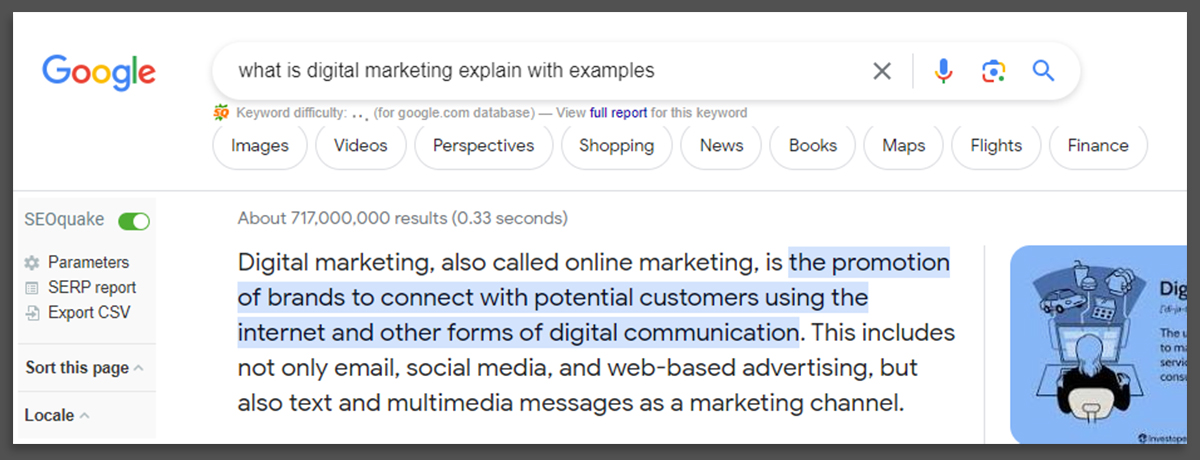
Marketers need to create content that can appear in zero-click searches. But How?
→ Understand user intent and align your content with ‘people also search for’ & ‘people also ask’ queries.
→ Create content that directly answers common user queries and provides valuable information in a concise format.
→ Create videos, images, and infographics, to appeal to different types of searches and SERP features.
→ Use structured data markup to help search engines understand and display your content in featured snippets.
→ Prioritize mobile optimization to cater to the increasing users accessing information on mobile devices.
→ Leverage Video SEO and Voice SEO techniques to increase visibility.
→ Be willing to experiment with new formats, keywords, and optimization techniques.
Trend #3: Addressing Issues Before Promoting Products
Put empathy at the forefront of marketing. Marketers should solve problems and address consumers’ concerns before bombarding them with product promotions. You should follow the strategy of building trust through genuine concern and understanding.
Brands prioritizing transparency, honesty, and addressing customer concerns tend to foster stronger connections. By proactively addressing issues or providing valuable information, businesses can establish themselves as authorities in their industries and demonstrate a commitment to customer satisfaction.
Trend #4: Short-Form Video Content
Short-form video content is an art of storytelling in a concise format that resonates with today’s fast-paced audience. Short-form video has become increasingly popular thanks to platforms like TikTok, Instagram Reels, and YouTube Shorts. These platforms provide marketers with distinctive chances to engage with their target audiences and capture their audience’s attention with brief, impactful messages.
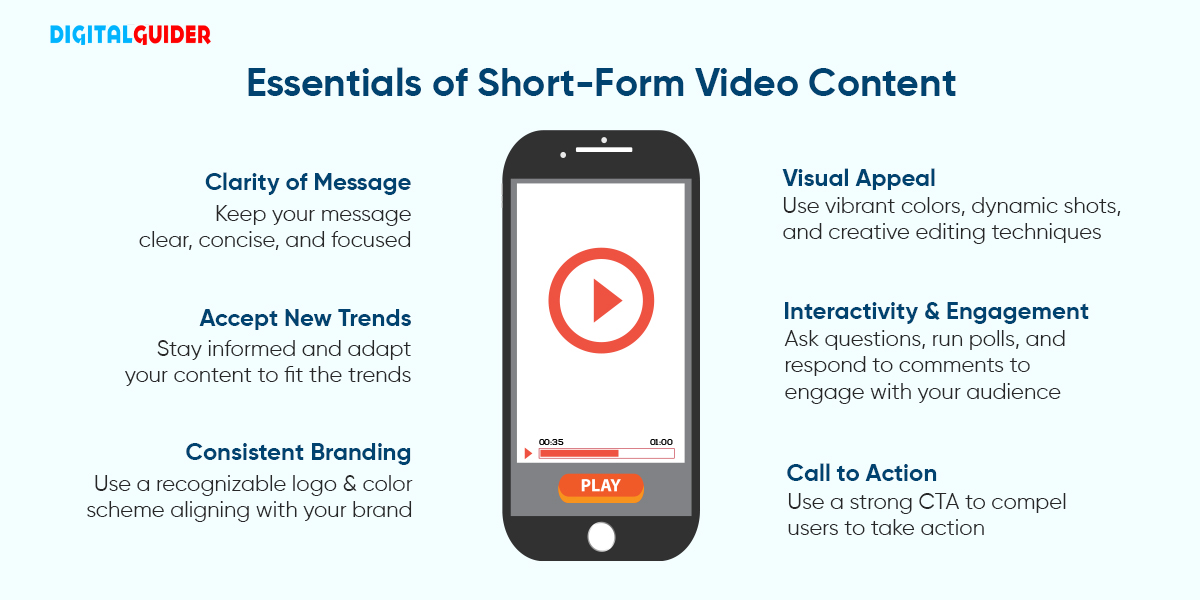
Furthermore, short-form videos have unmatched viral potential. As per 47% of marketers, short-form videos are likelier to go viral. Original, relatable, and shareable content may take off rapidly and increase engagement on social media platforms and business visibility.
Trend #5: Multi-Channel Social Media
Get your business on all those social media accounts where your competitors are and where it is necessary to be present. Check and identify the suitable platforms for your business and start your activity. The purpose of creating multi-channel social media accounts is to direct traffic to your website and involve a large targeted audience for discussions, conversations, and interaction.
Leveraging multiple platforms allows you to strategically place ads based on the demographics and interests of each channel’s audience. This targeted approach enhances the effectiveness of your advertising campaigns. Also, sharing behind-the-scenes content, such as work culture and events, humanizes your brand. It allows your audience to see the people behind the products or services, fostering a sense of connection and relatability. Being present on multiple social media channels increases the chances of your brand being discovered by a wider audience. This expanded visibility can lead to increased brand recognition and reach.
Trend #6: Gen Z Shopping Behaviors and Language
It is imperative to note Gen Z’s unique behaviors and language in the digital marketing context. Gen Z’ers are the most informed buyers as they conduct a lot of online research to decide what to buy. They look out for discounts, the best deals, and offers, along with the quality and authenticity of products and services.
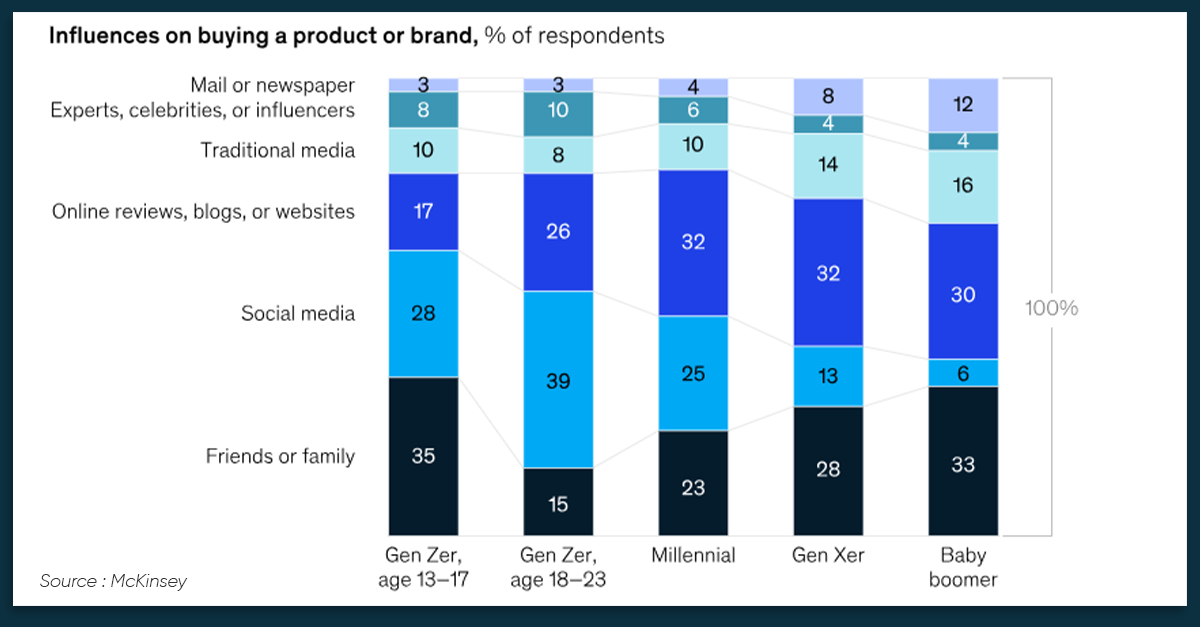
They are likelier to buy products and hire services via social media than other generations. When it comes to businesses and advertising, Gen Z consumers are passionate about authenticity and hold strong opinions. However, they tend to follow influencers more, so you may profit from Gen Z’s fascination with social media and micro-influencers. Marketers need to learn and speak their language and align their strategies with the preferences of this influential generation.
Trend #7: Thought Leadership Through Podcasts
Podcasting is a great way to express your expertise in your industry. It tells your audience you have in-depth knowledge about your core subject matter. People nowadays get more attracted to podcasts as they are always hungry to know more about things that concern them.
They actually consider listening to podcasts as their personal space and grab all the information provided via podcasts. Podcasting is an untapped opportunity for businesses to gain the trust of their customers.
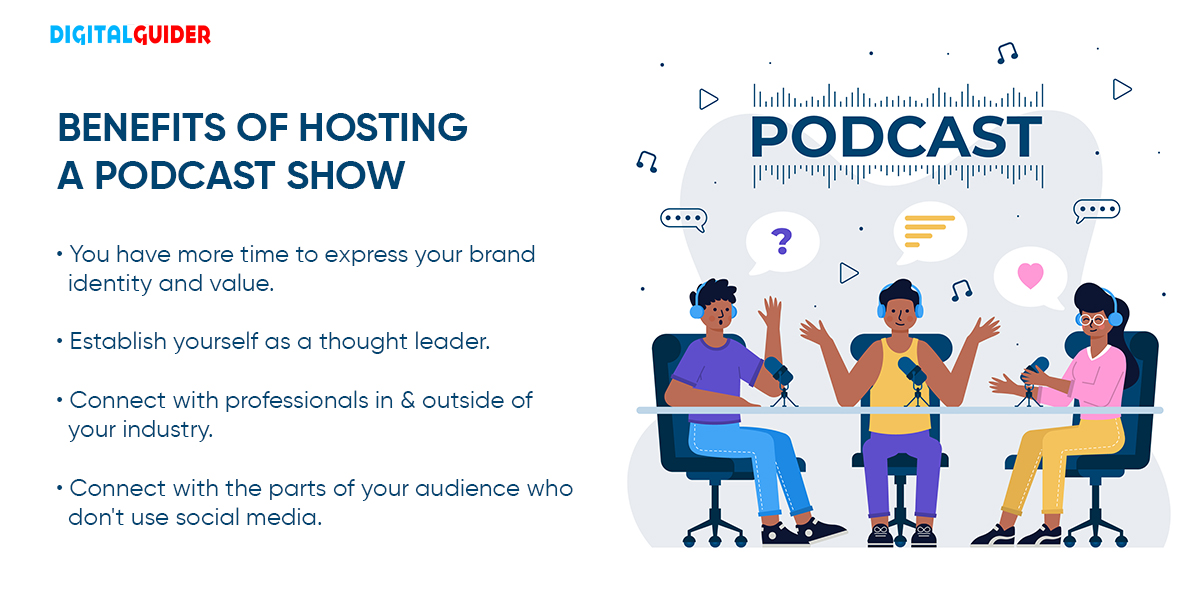
Podcast advertisements capture the full attention of 64% of listeners, and 95% of regular podcast enthusiasts have acted upon hearing an audio ad. The podcasting medium offers a unique, engaged experience, making it an essential platform for building brand awareness and prompting audience action that shouldn’t be underestimated.
Hence, marketers need to learn the art of using this audio medium to connect with their audience on a deeper level and share valuable insights.
Trend #8: Virtual & Augmented Reality
Our interactive experiences have gone beyond mobile screens and desktops. VR and AR are newer ways to experience the digital world and majorly impact businesses. Imagine wearing clothes without leaving your couch or training employees in a safe, virtual world. That’s the power of AR and VR!
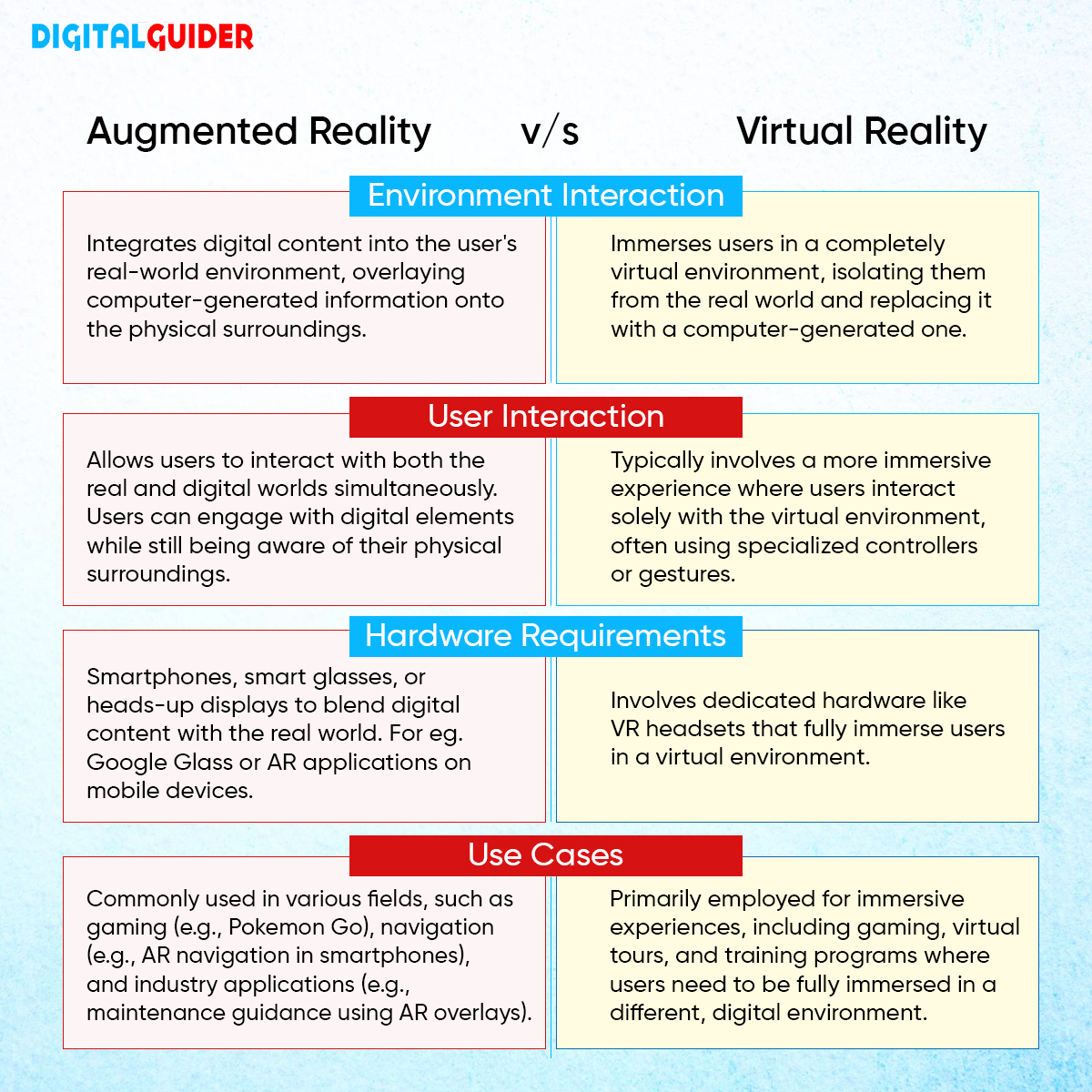
Virtual Reality (VR) enables the creation of immersive experiences that transport users to different worlds, while Augmented Reality (AR) allows the overlay of digital content onto the real world, enhancing engagement and interactivity. Marketers should start researching VR & AR devices and platforms to educate themselves before implementing any of these for their customers.
Trend #9: Influencer Marketing
Imagine that your potential customer follows some social media influencers or micro-influencers in your niche, and one day, a video of your collaboration with them pops up. Now what do you think will happen? Of course, that person will surely visit your page and learn that you and your business exist. So definitely, it helped with spreading awareness of the brand and gave out a message that your products and services are credible.
Michelle Wie West became well-known by becoming the youngest golfer to join the LPGA Tour at 15. Soon after, she partnered with Nike in 2005 and has stayed with them since. She often shares Nike content, like this giveaway from December 2020.

So we can say that –
- Influencers function as reliable authorities suggesting your product to their audience, much like you would recommend it to a friend.
- This fosters trust and generates interest in your offering.
- Engaging in influencer marketing can potentially increase sales and brand visibility, providing valuable insights into your audience.
Trend #10: Social Selling and Conversational Marketing
Social selling involves moving away from cold calls and forming relationships through social media.
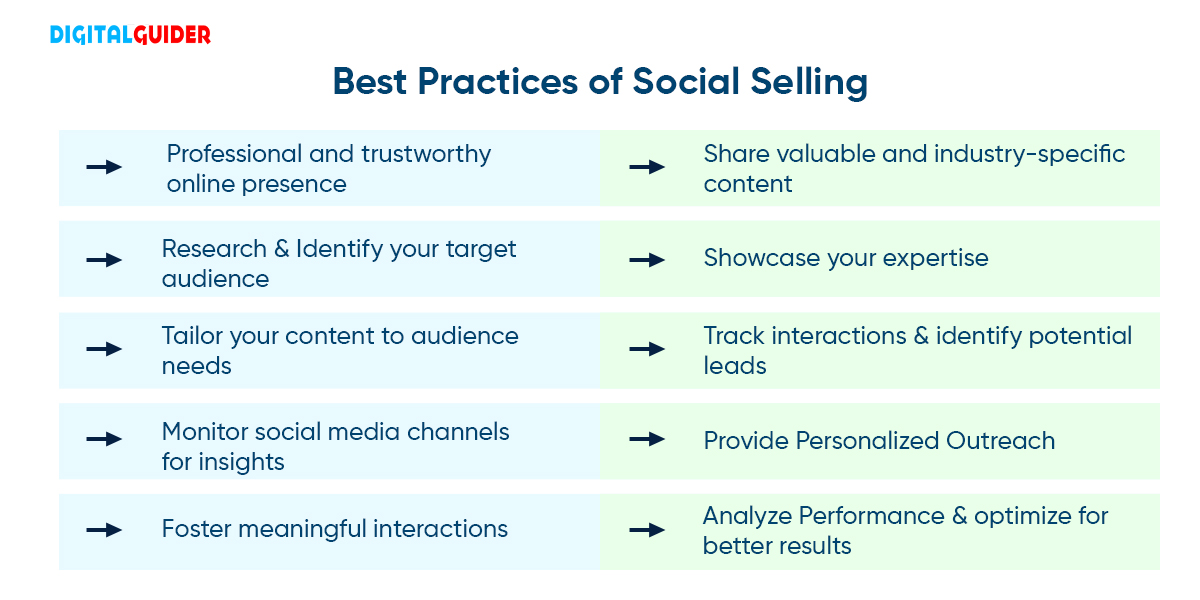
Marketers can utilize it to:
- Engage with potential customers: Identify individuals who may be interested in your product and engage in direct conversations with them.
- Establish expertise: Share valuable content and insights, moving beyond sales pitches to demonstrate knowledge.
- Foster trust and brand loyalty: Purchases are often made from trusted sources. Social selling aids in building authentic connections that contribute to trust and brand allegiance.
Whereas, conversational selling revolves around engaging in a two-way dialogue with your leads instead of delivering a one-sided sales pitch. Envision discussing a friend’s problem and then suggesting a solution—your product.

Here’s how marketers can make the most of conversational selling:
- Listen and comprehend: Utilize chatbots, live chat, or social media to engage in authentic conversations. Discover the needs and challenges of your leads.
- Provide personalized solutions: Avoid employing a generic script. Customize your recommendations to suit their particular situation.
- Establish rapport and trust: Through being helpful and informative, you can cultivate trust, making the sales process feel more natural.
Trend #11: AI-Powered Marketing
With AI and machine learning, marketers can now study how people behave, guess what’s coming next, and make decisions without human help. This makes marketing more accurate and better, and it also gives new ways to interact with customers.
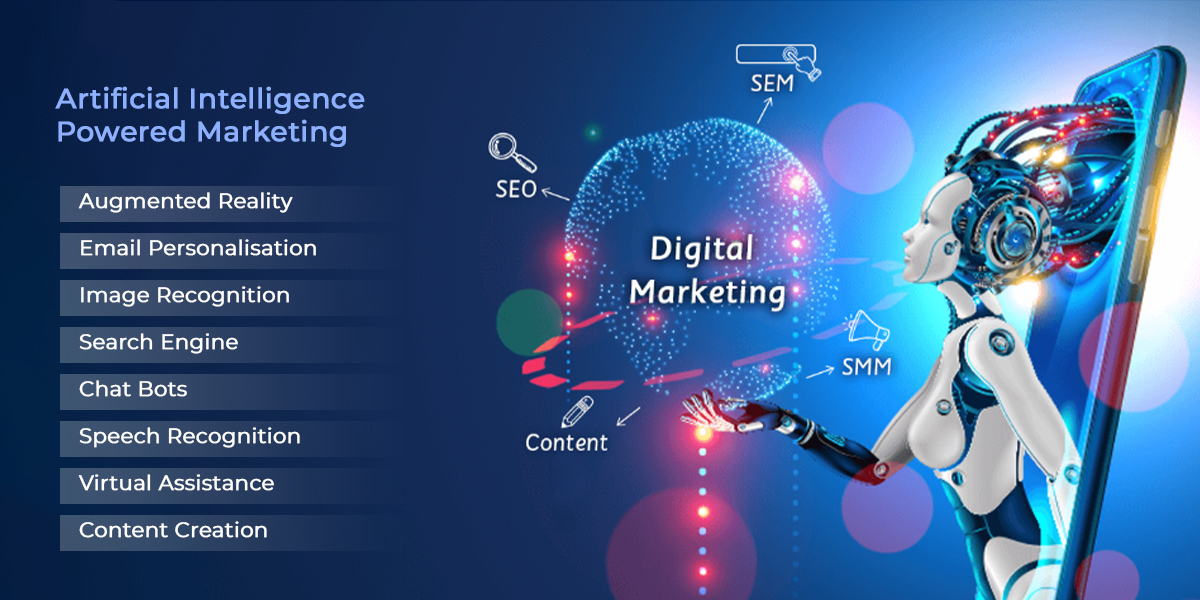
Marketers receive lots of information from different places like social media, website visits, customer talks, and sales records. AI can quickly sort through all this data to find patterns, likes, and trends. It’s something that would take humans a lot of time or be very hard to do without AI. Marketing involves planning strategies, keeping an eye on progress, solving problems, and Artificial Intelligence (AI) can do all of this faster. When used smartly, it can greatly boost productivity for marketers and businesses.
That’s a Wrap!
The sooner you adjust your marketing plan, the better. Look into the digital marketing trends that could help your brand and get your team ready for any changes. Don’t stress about tackling all 11 digital marketing trends at once. Begin by researching each one thoroughly and choosing the ones that suit your business and customers the most.
Once you’ve selected the right tools, integrating them into your digital marketing strategy will be smoother. Start with one trend and get comfortable with it. As you gain confidence, you can explore and experiment with other trends, enjoying the process of growing your business. Alternatively, you can hire digital marketing services for optimal results.







